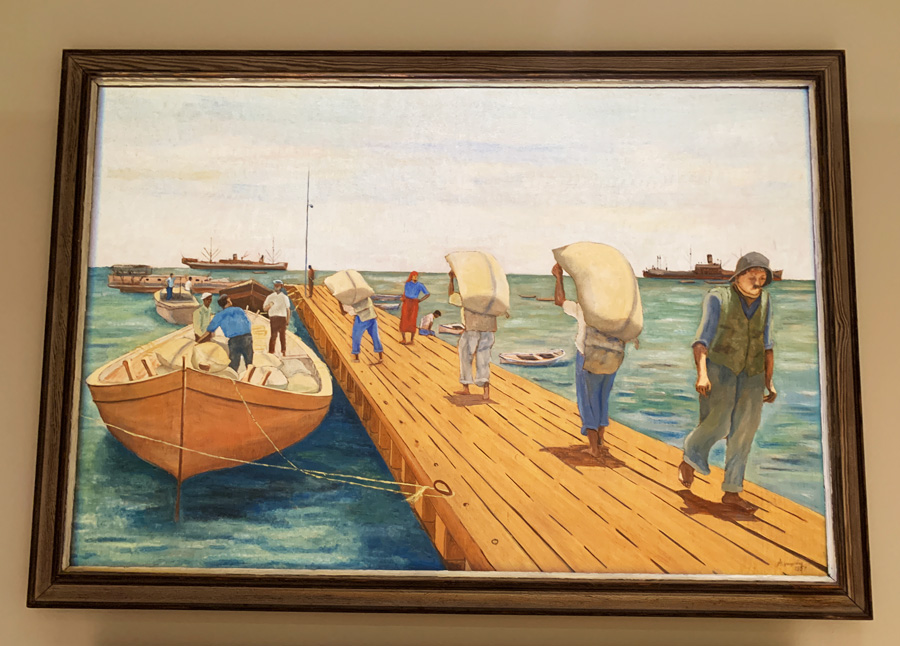Cypriot collection @Leventis Gallery
_about the collection
The Cyprus Collection of the A. G. Leventis Foundation began to be assembled in the early 1990s. The Foundation’s Board of Trustees decided that this Collection would focus, initially, on the works of the first generation of artists and the works of some of the artists of the second generation.
The Collection includes representative and emblematic works by artists born between 1884 and 1930. The study of the form and content of the Collection’s works, which date from the early to the last decades of the 20th century, is essential and necessary in order to understand the course followed by Cypriot art during the first century after its revival.
The island’s state of isolation, together with the financial and cultural deprivation experienced by Cyprus during the three centuries of Ottoman rule, hampered the development of the visual arts. From the 16th century to the 20th, the artistic creativity of the Cypriot people was channelled and expressed exclusively through folk and Byzantine art. Cyprus’ state of servitude did not allow it to participate in any way in the rich artistic journey on which Europe had embarked since the Renaissance.
The art that developed in Cyprus, and the course it followed, is directly linked to the history of the island and the prevailing political, social, economic and cultural conditions.Their work has experiential origins and draws inspiration from the landscape, people’s daily life and the island’s modern history. [source: Leventis website]
_highlights
_it is a very small collection of Cypriot fine art made during the 20th Century. As you can see around 1-3 paintings per artist, you can get an idea of the overall trends and aesthetics of the time.
_the main influences in this art i discovered, were European art (mainly France and the United Kingdom), Byzantine art, and folk Cypriot art.
_the most common themes were depicting daily life, landscapes, and tackling historical events. It was quite rare to find pieces that were talking about the societal issues, but there was one artist who touched those themes - Michael Michaeledes (1923-2015) in his paintings from 1950s. After 1955 he moved to London where he worked as an artist and architect. His later work becomes conceptual and abstract.
_after 1960 the art became more socially charged. Artists depict their fears from the new Constitution of 1960s, which predicts the division between Turkish Cypriots and Greek Cypriots that actually happened around a decade later.
_in the landscapes, there was a whole section dedicated to sea paintings. There was a marker for such kind of works, because mainly British tourists were the main buyers of such a line of work.
_most of the artists who are exhibited here studied abroad - in Athens, Paris, Munich or London.
_the colour tones, of course, are really warm. That makes a great impression on the viewer, especially knowing where these artists studied and the colder palettes the northern art schools produce.
_i found only one female artist in the collection, Loukia Nicolaides-Vassilioua (1909-1994), who was also highlighted in the audio guide. She was the first Cypriot woman who studied art. After she finished her studies in France, she returned to Cyprus and made 3 exhibitions, who were "ahead of their time for the island’s art scene". After 1937 she moved permanently to Britain.
_links
▶▶ the gallery's official website
▶▶ wikipedia page of the gallery
▶▶ virtual exhibition
